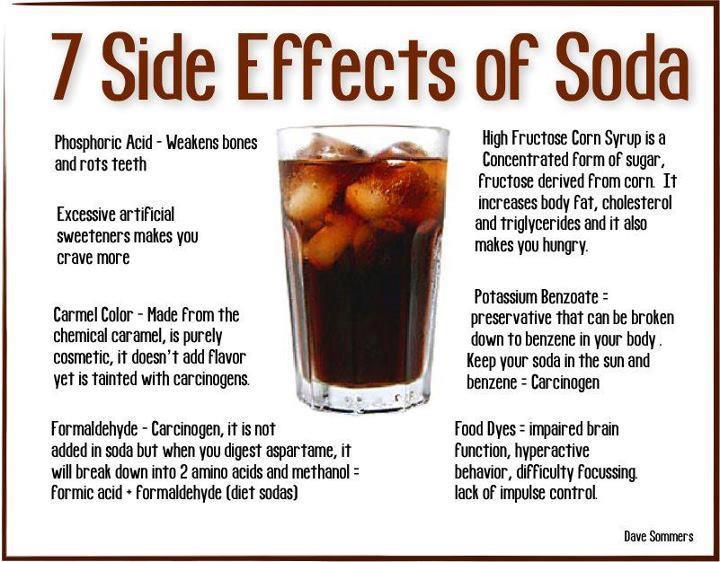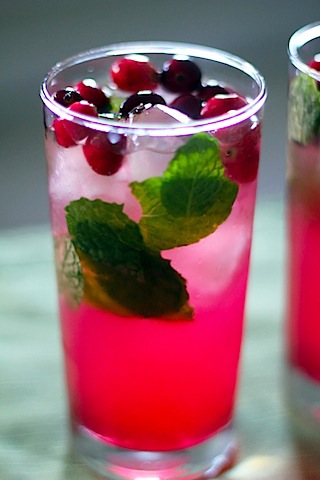By Valérie Grandury, CEO and Founder of Odacité
When I was a kid, I used to "hate" Brussels sprouts; that is, until I tasted roasted Brussels sprouts. This recipe is so delicious I make lots of it when I have kids coming over. It's their "chip" of choice -- and they just LOVE it!
Enjoy Brussels sprouts now while they're at their peak of this season, are the least expensive, and have the best flavor. Why should you add Brussels sprouts to your diet? Brussels sprouts are members of the cruciferous family of vegetables and are closely related to cabbage as well as kale, collard greens and broccoli. Like their cousins, Brussels sprouts contain phytonutrients that help our body to promote the production of enzymes involved in detoxification. Detoxed body = flawless skin.
1 cup of Brussels Sprouts offers a whopping 243% of Vitamin K and 130% of Vitamin C (based on the daily recommended dose). Vitamin K is a fabulous ally in removing dark circles, red capillaries and helping to healing rosacea and inflamed skin. Vitamin C is our collagen builder.
Ingredients
- 10 brussels sprouts
- 1 tsp. olive oil (or Misto olive oil sprayer)
- ¼ tsp. salt
Instructions
- Preheat oven to 350 degrees.
- To remove outer leaves of Brussels sprouts, use a sharp knife to trim off the very bottom. Outer leaves should fall off easily. Once outer leaves are removed, trim the bottom again, removing more leaves. Continue removing leaves until they become difficult to peel off. Save the center of each brussels sprout for another recipe.
- Toss leaves with olive oil and salt. Spread out in a single layer on baking sheets lined with foil or parchment paper.
- Roast for 10 minutes, then check leaves. Remove any that are crisp. Place baking sheet back in the oven and check every few minutes until all leaves are crisp. A little browning on the edge of the leaves is fine, but don’t let the entire leaf turn brown or it will become bitter.
- Serve immediately.













